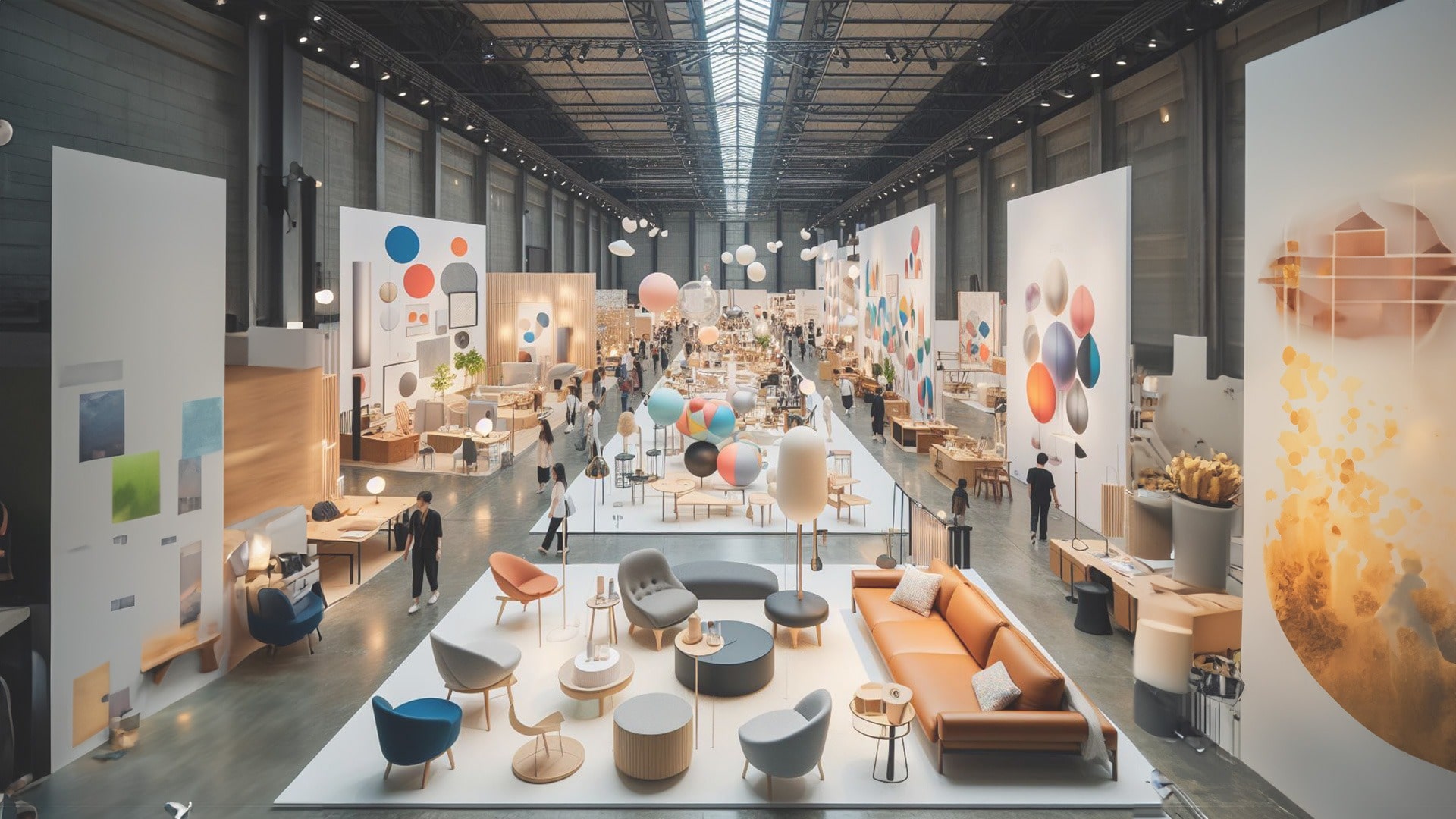
BIM Services in Museum and Cultural Exhibits: Everything You Need to Know
People have always been able to learn about and enjoy the rich tapestry of human history, art, and invention through cultural displays. Integration of technology is becoming more important as we move into the digital age. Building Information Modelling (BIM) is one technology that is greatly changing how we approach cultural exhibits.
Building Information Modelling, or BIM Services, is usually connected with building and design, but it has grown beyond these fields and is now a key part of putting together and showing cultural exhibits. Using BIM, you can make and keep track of digital copies of a show space’s physical and functional features. This gives you a full picture of the whole project.
Advantages of BIM in Cultural Exhibits
Here are some of the benefits of integrating BIM in Museum and cultural exhibits.
- Precise design: BIM lets curators and exhibit designers make 3D models of exhibit spaces with a lot of information. With unmatched accuracy, these models help plan where to put artefacts, works of art, and interactive elements.
- Collective Development: Many people, like designers, curators, historians, and builders, work together on cultural exhibits all the time. BIM makes it easier for people to talk to each other and share information, so everyone works with the same data and idea.
- Virtual Prototyping: BIM lets you make virtual models of how exhibits will be set up. This is especially helpful early on, when curators can picture and improve the exhibit area before any real work starts.
- Cost-effectiveness: One important part of culture projects is keeping track of exhibit budgets. BIM helps make the most of funds by cutting down on waste, improving the accuracy of designs, and streamlining the building process. This saves time and money in the long run.
- Interactive displays: BIM technology works well with making interactive displays, which keep visitors interested and teach them. Augmented reality, interactive displays, and immersive experiences can all be built right into the design of the exhibit area.
Case Studies of BIM Service in Museum and cultural exhibition
Many museums and art galleries use BIM to plan and organise their exhibits. Here are the best examples of BIM service in Museum.
- The British Museum: Made to display a virtual model of their Enlightenment Gallery, it has a huge collection of artefacts, using BIM.
- Museum of the Future: The Museum of the Future in Dubai used BIM Services to build its architectural masterpiece and put together displays that are among the best in the world.
Future of Museum with BIM
BIM is definitely a part of the future of culture exhibits. As technology keeps getting better, BIM will add more ways for visitors to enjoy museums by using augmented and virtual reality. This will make sure that culture exhibits stay interesting and useful in the digital age.
Building Information Modelling is changing the way culture exhibits are put together. It helps museums, galleries, and curators bring history and art to life more accurately, quickly, and interactively. The future of cultural exhibits with BIM looks like it will be an interesting trip into our past, a celebration of our history, and a showcase of how creative and innovative people are.
Of course! You can get more information about BIM Basic and Professional training by getting in touch with our ARB Studio representative. You can get in touch with them at the info@thearbstudio.com